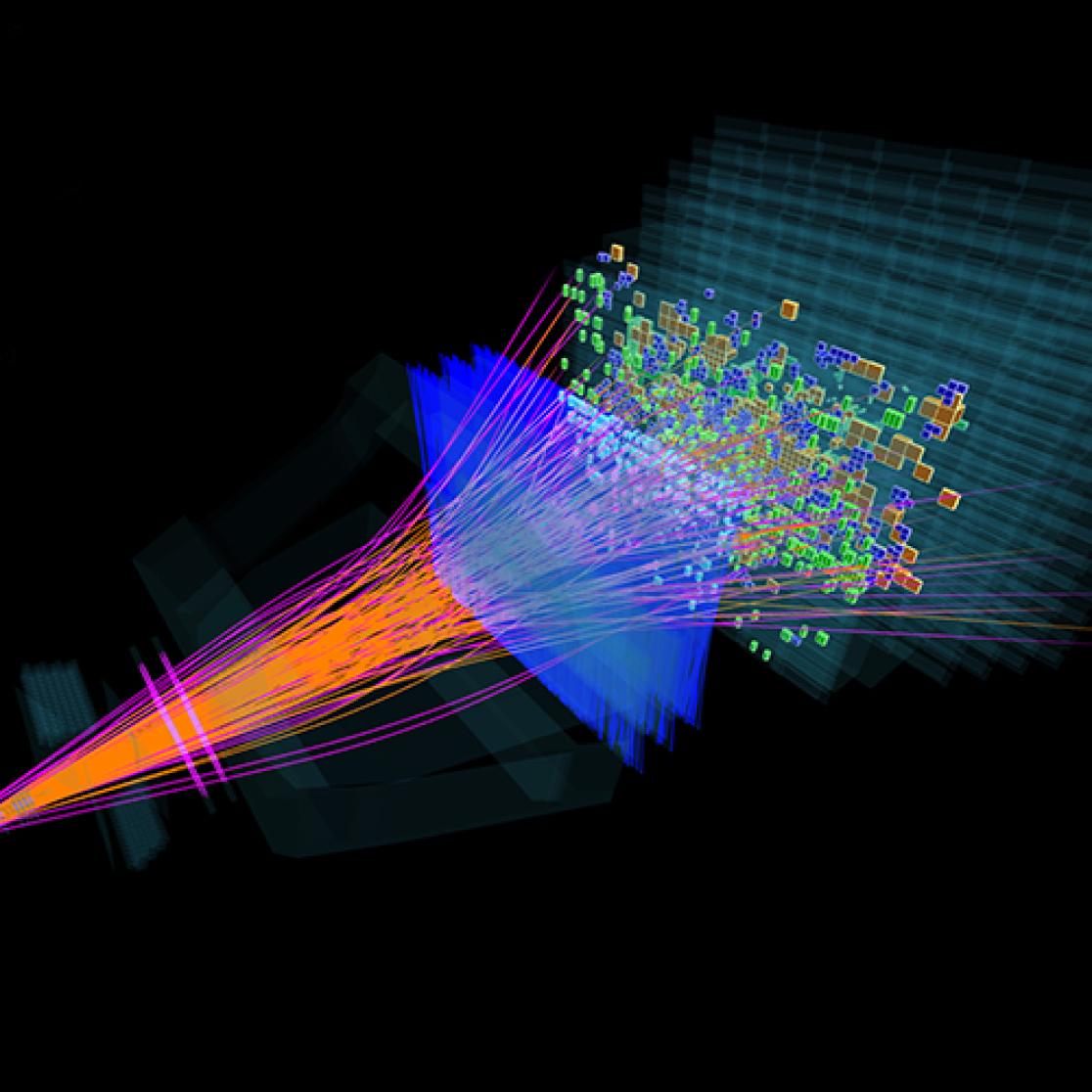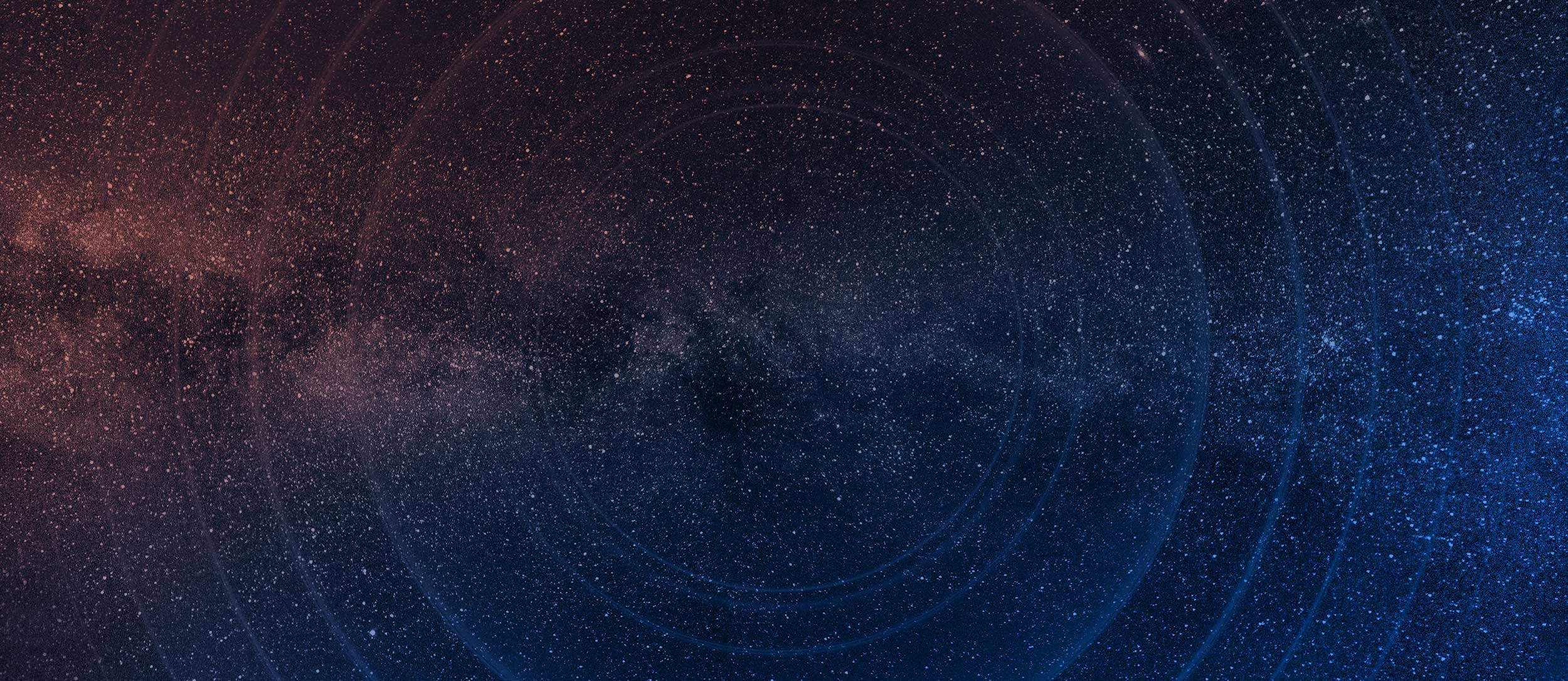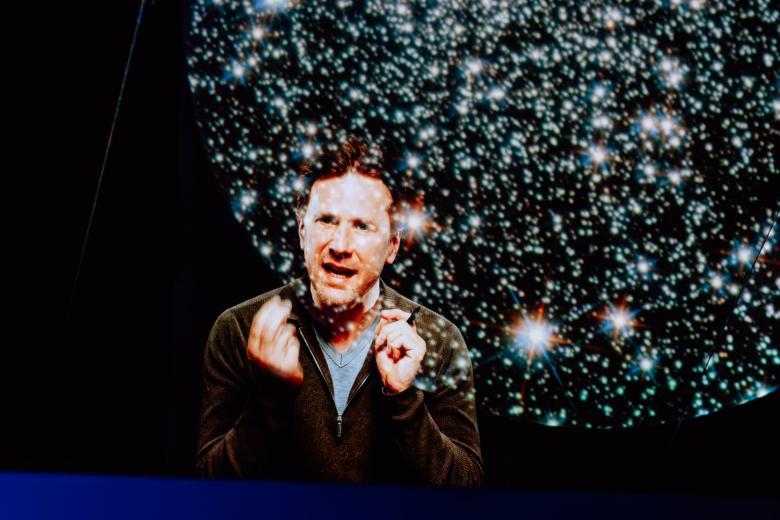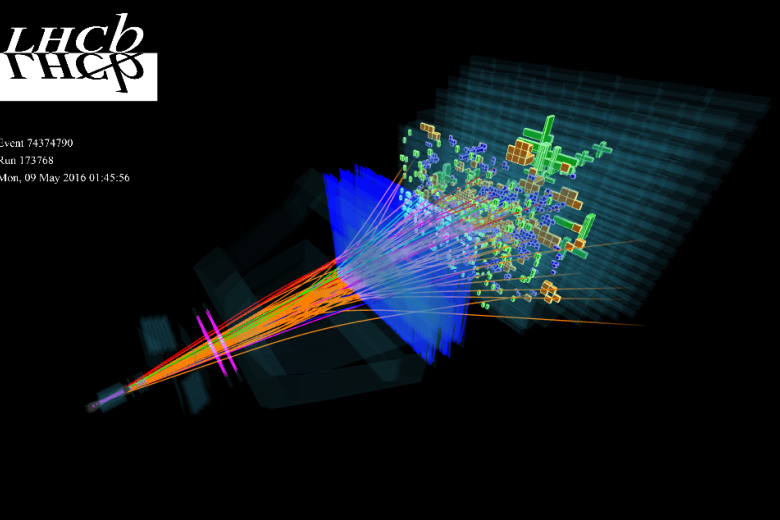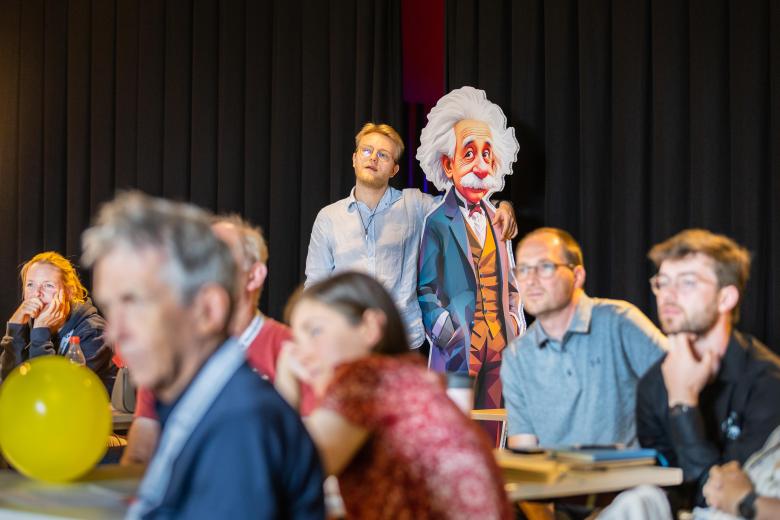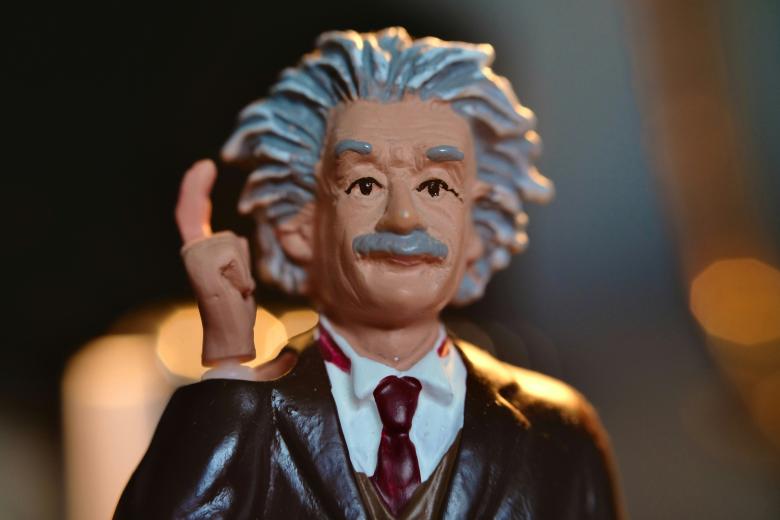Gravitational Waves and Fundamental Physics
The recent discoveries of gravitational waves by LIGO/Virgo interferometers and of Higgs boson by LHC taught us about the internal workings of the universe more than any other scientific discovery in the preceding decades. Yet more questions arose than we got answers to. Research at GWFP is targeted at finding answers to those fundamental questions.
We develop new technologies for the next generation European gravitational-wave detector Einstein Telescope, designed to observe the whole Universe in GW spectrum. Gravitational waves are ripples on the fabric of space-time born in catastrophic collisions of the most massive and densest objects in the universe, the black holes and neutron stars.
To detect these tiny ripples, Einstein Telescope, the Europe’s next generation GW observatory will be built, and our group is working on a range of advanced technologies to make this reality. Maastricht University is a home for the unique experimental facility, the ET Pathfinder that will become a testbed for a range of groundbreaking cryogenic and quantum technologies to be used in the ET.
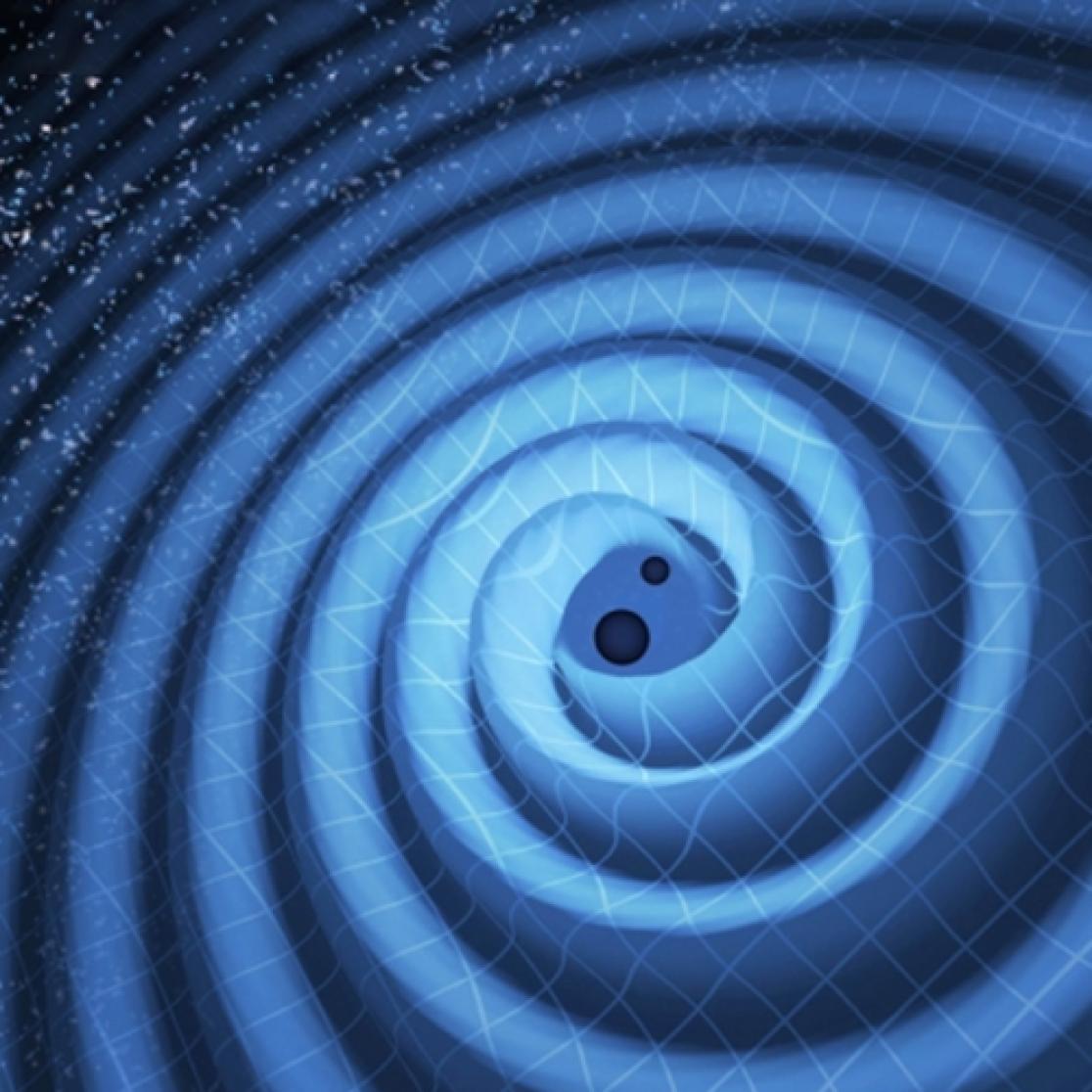
We try to understand the workings of the universe on a particle level. The LHCb experiment at the Large Hadron Collider at CERN aims to study the forces of nature - electromagnetic, strong and weak - at the smallest scales and highest energies. Especially in the early universe, right after the big bang, new particles and forces could have had a dramatic impact on the way the universe looks and behaves today. At LHCb, we specialize in measuring the matter-antimatter differences in heavy particles, called CP-violation, and making precision studies of the effects that potential new particles or forces have in very rare particle decays, through so-called quantum loops.
In Maastricht we contribute to the physics analyses, the operation of the detector at the LHC, and to the algorithms used to reconstruct physics from our data. To face the future challenges of the large amounts of data produced by the particle collisions, we study the applications of machine learning, the use of graphics processing units in high-performance computing, and explore the potential that quantum computing can offer.
